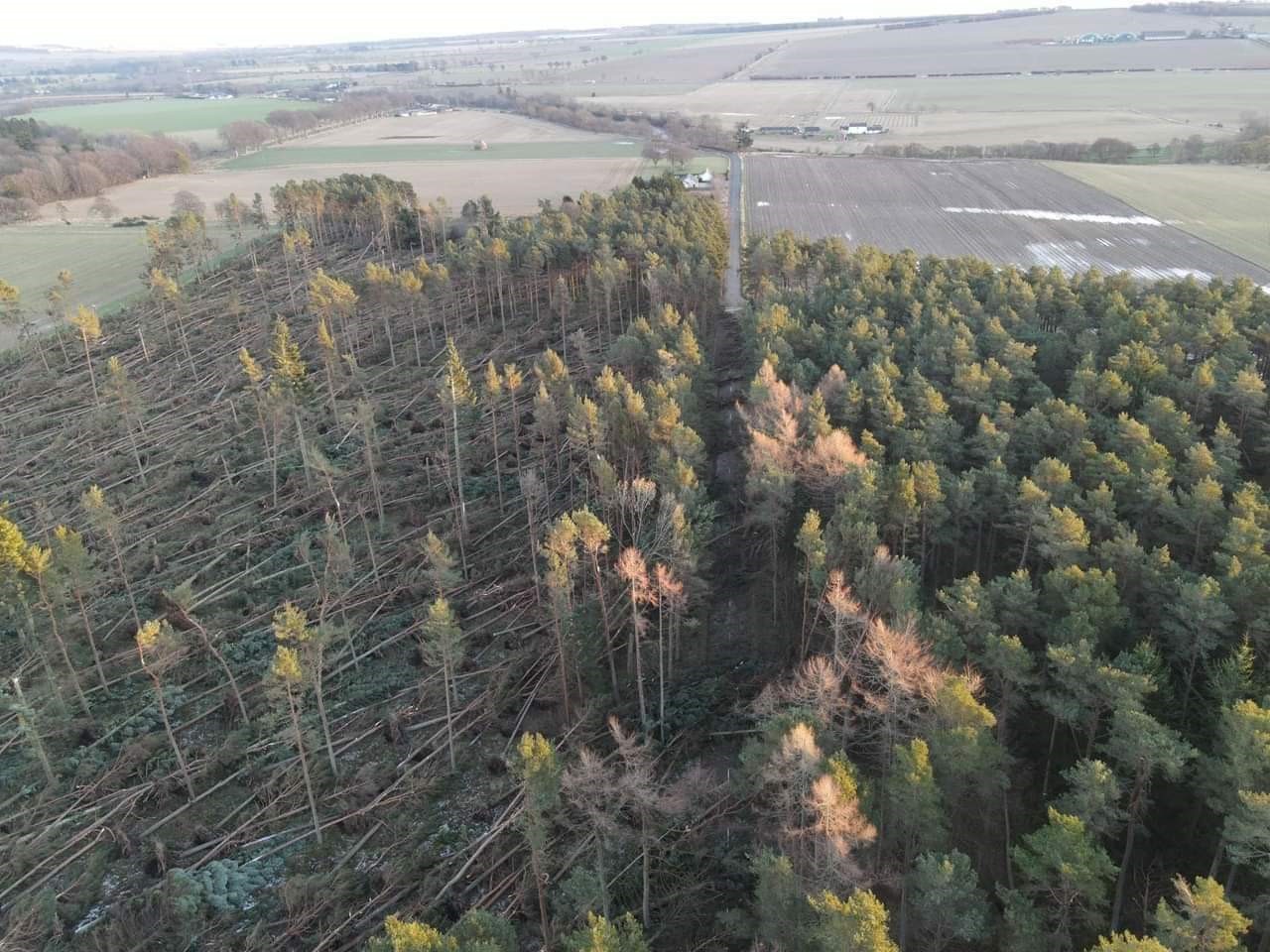
FORESTRY and Land Scotland (FLS) is set to embark on a huge tree planting operation during its busiest time of the year.
This year’s winter planting season comes following widespread damage caused by Storm Arwen. FLS estimates that up to 900 hectares in forests were damaged across the east coast, Perthshire, Aberdeenshire and south Scotland in November.
This is the equivalent of nearly a third of the annual FLS tree felling programme in a single night. Many of these were mature trees, ready for harvesting, but the fact that they have been blown over makes the work of extracting them more difficult.
Over the next year, FLS aims to plant approximately 25 million new tree seedlings to create new woodlands and restock existing forests where older trees have been felled, as well as repairing storm damaged woodlands.
Tree species include native species such as birch, oak, aspen, rowan and commercial conifers such as Scots pine and Sitka spruce; and around half are grown in FLS’s tree nursery near Elgin.
Doug Knox, FLS head of technical services group, said, “The damage caused by Storm Arwen to publicly managed forests that FLS manages is only half the story, and privately owned forests have been just as badly affected. The scale of the damage is making significant demands on the forestry sector.
“In one night the equivalent of nearly one third of our annual tree felling program blew over as a result of Storm Arwen. We are now having to make substantial re-adjustments in work programmes to deal with the clear-up. We are working closely with others in the wider forestry industry to build momentum in the clear-up operation.
“Meanwhile, our large scale tree planting programmes continue so that we can create new conifer and broadleaved forests that will act as the carbon sinks of the future and help to build Scotland’s timber industry. Furthermore as managers of around 8% of Scotland’s land, our work supports and sustains communities in rural Scotland and conserves and enhances our natural environment for future generations.”
FLS said it is at the forefront of ‘transformational’ climate change adaptation measures that will be required for the ‘new normal’ of a changed climate. Examples include implementing natural flood management measures in high-risk water catchments, felling and planting work to stabilise steep slopes above key transport routes such as the A82 works, and developing habitats in which species threatened by climate change can thrive.








